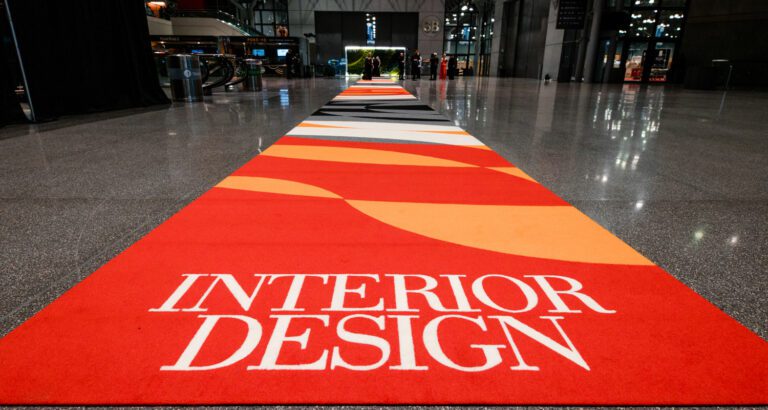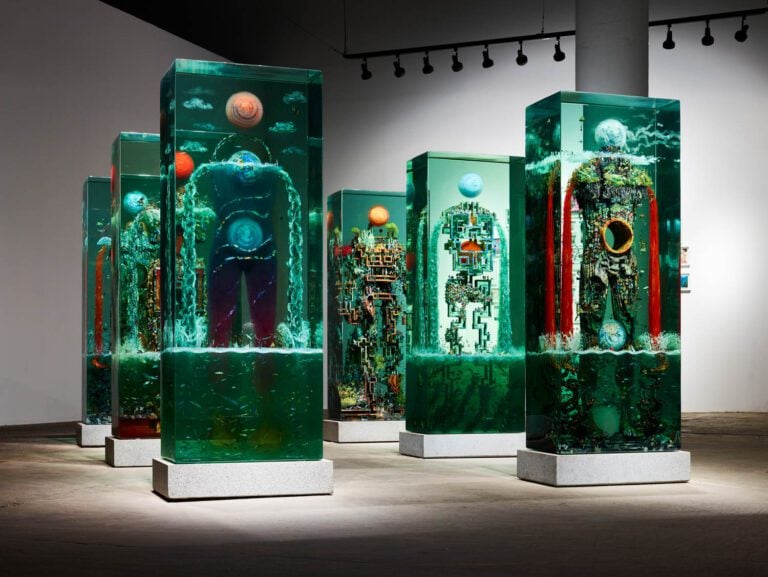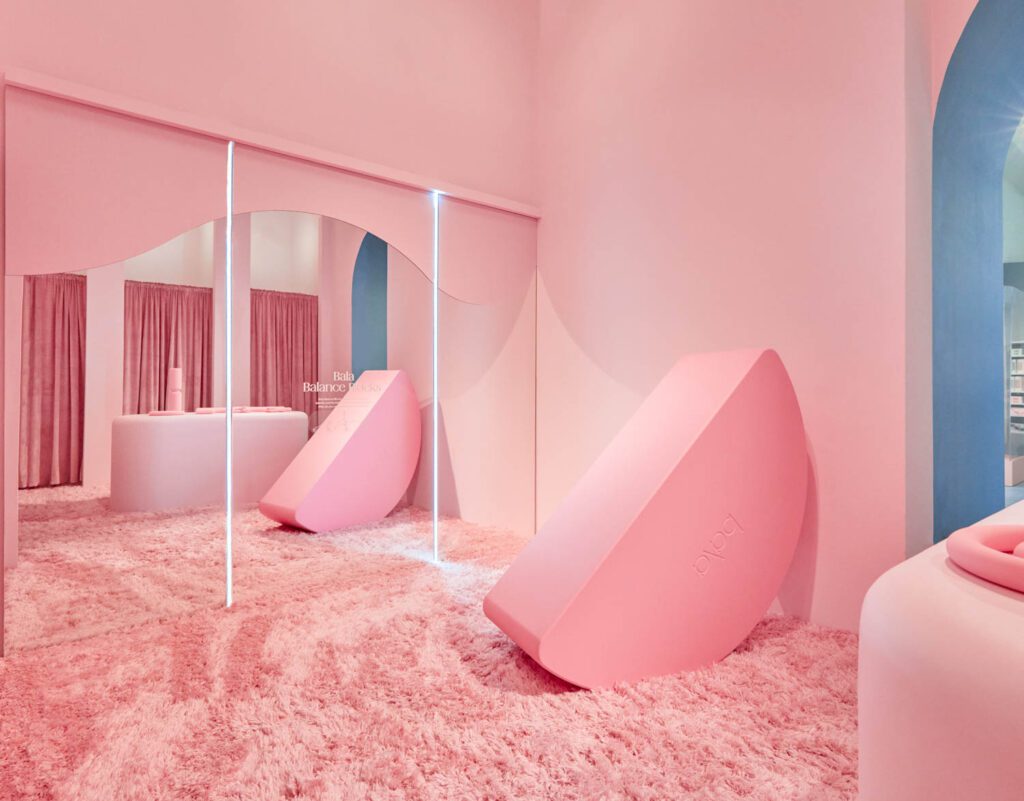
10 Questions With… Madelynn Ringo
Madelynn Ringo’s playful interiors for beauty and wellness brands like Glossier and Bala, not to mention her confections for Funny Face Bakery and the Museum of Ice Cream, could be seen to bely her serious credentials: an architectural master’s degree from Yale, dues paid at adventurous firms like SO – IL and fizzy hospitality juggernaut André Balazs Properties, and the launch of her own eponymous studio. In fact, for Ringo the academic compliments the aesthetic, offering discipline that grounds all the fun. Here, in a conversation that has been edited and condensed, Ringo talks with Interior Design about her Kentucky roots, New York successes, and neon-bright future.
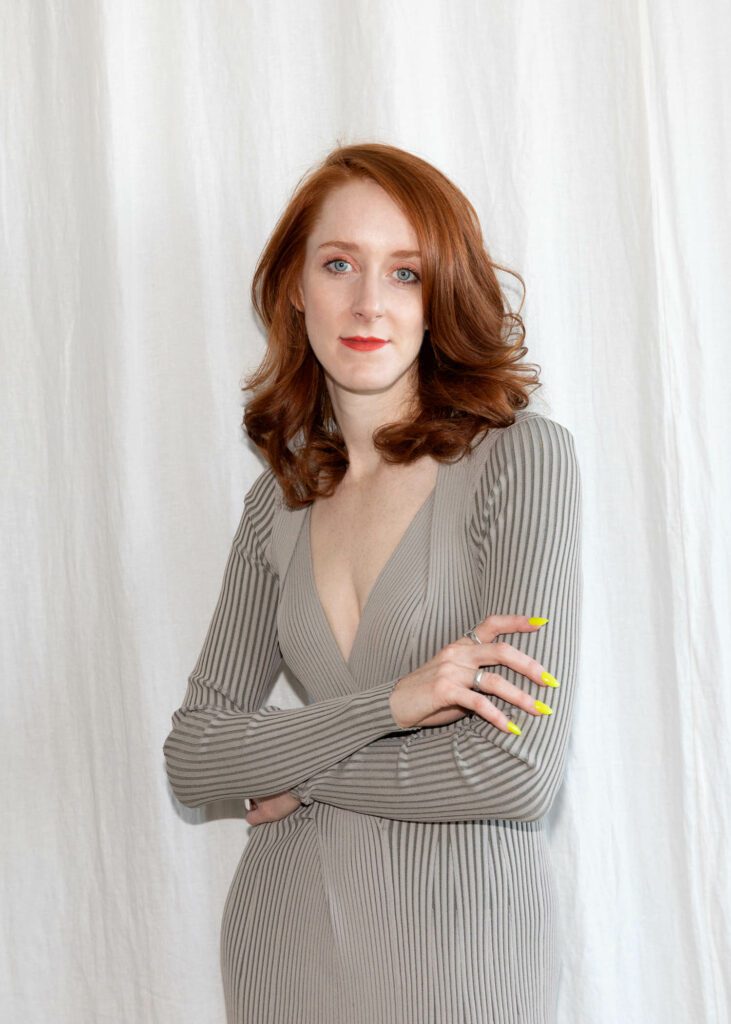

Interior Design: What was the first space you were in that you understood to be designed?
Madelynn Ringo: I grew up in Kentucky. My mother was a painter, and an artist, and a teacher. Every wall in my house was painted a vibrant, different color. I learned at a very young age how to be both an independent thinker and use visual ideas to communicate things. I also studied the violin. Those experiences of music and color certainly set me up for risk-taking as an entrepreneur. I went to art school at the University of Kentucky, and one day just sort of passed through the architecture school. I saw a student model, and it was love at first sight. I saw it was like an abstract sculpture, about light and form, and I remember a huge light bulb going off.
ID: Do you think growing up in Kentucky informed your aesthetic?
MR: In Bardstown, there was one promenade of streets where you could feel the buildings, each one has a different façade and they’re sort of mashed up and placed well within their compositions. My father was in the bourbon industry, and there were all brick houses with prominent forms. It’s a very catholic community, and I would perform as a violinist in the churches. So those powerful structures created impactful emotions of people, and those were the types of buildings I grew up having feelings for. And when I signed up for architecture school, I had the grit to work on something until it was perfect. That environment of the school and the critiques was something I was already prepped for, being used to performing in front of people.
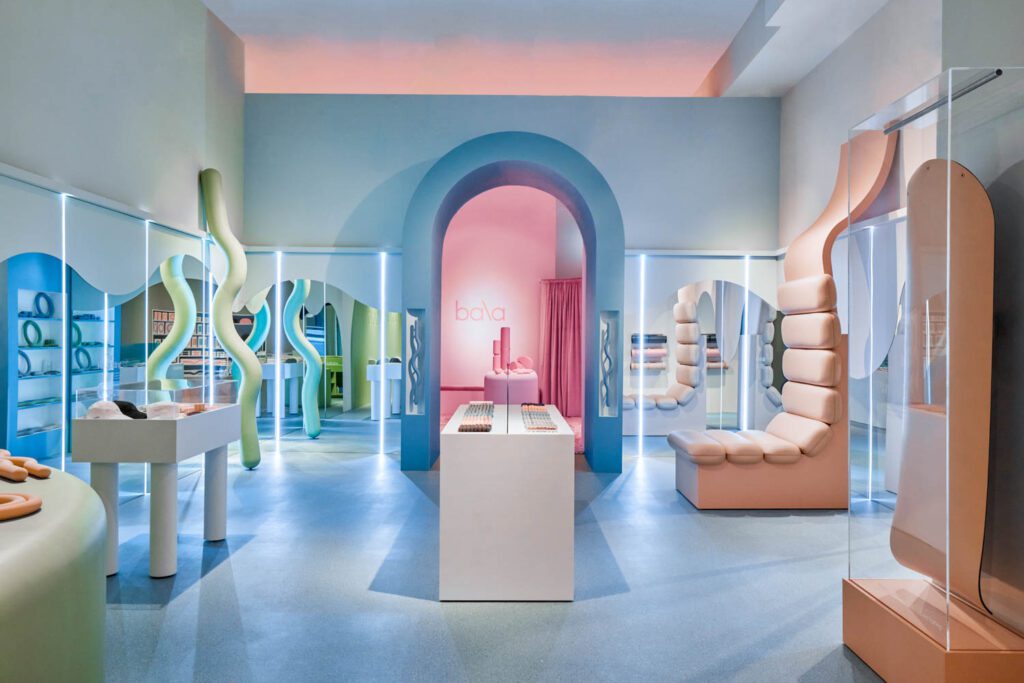

ID: What did you do after graduation?
MR: I pretty much moved to New York right away. I was so enthralled. I felt such a magnetic connection to it. And I did the hustle, and had two very distinct types of professional experiences. The first was at SO – IL, which was very much like a dream job. At that moment, I was inspired by their academic approach to thinking about spaces, and the way they draw buildings—how their drawings were just as significant as the renderings. That was very impactful on me.
ID: What was the second?
MR: I worked at the Standard Hotel with André Balazs, on the design team, experiencing that world of being an in-house designer for a brand and understanding how important it is when, you’re developing a brand, to think about every little detail. The Standard was incredible at creating culture, that cleverness they had with their copywriting, all the details so considered. The combination of those two experiences, one hyper-focused on materiality and texture and form, and the other creating a 360-degree branded experience, really set my thinking in a certain way. SO – IL was a very small group of people, in an office that didn’t have a strong hierarchy. It encouraged me as a young designer to feel confident speaking my thoughts, and to feel like I really could design the gestures for what might become the final building. I try to replicate that when working with young designers. At the Standard, the team just invited me on for the ride, and let me jump into pretty big projects. Some of the first things I worked on were the redesign of the hotel in Los Angeles, where we worked on a partnership with Susan Sarandon for a pink ping-pong club. I really learned the importance of collaboration, and look for people who have complementary skill sets when I’m putting together internal design teams, or even whole project teams—whether it’s a florist who can bounce off the ideas we have, or the clients themselves who might not have architectural ideas but have creative ideas we can built off of. Rather than feeling like my hand should overpower theirs, I prefer to compliment.
ID: And then you went to Yale?
MR: I knew that I wanted another version of architecture education. I wanted to sort of perfect my knowledge of it. I saw an exhibition at Yale of modelmaking, full of beautiful models made of all sorts of materials, not just balsa wood and chipboard but incredible, sparklingly things. I was like, this is where I want to go. A lot of the drawing I learned at SO – IL was reflected in my studio work at Yale. My renderings were very conceptual, very playful, very material-focused. I was able to explore. And then I worked at a couple of offices back in New York City, including Wendy Evans Joseph. She was an incredible role model. I started to explore this idea of designing experiential spaces, exhibitions that had a little wiggle room to be playful and conceptual. I did some freelance work, and the beauty industry was really booming so a lot of the work happened to be for that.
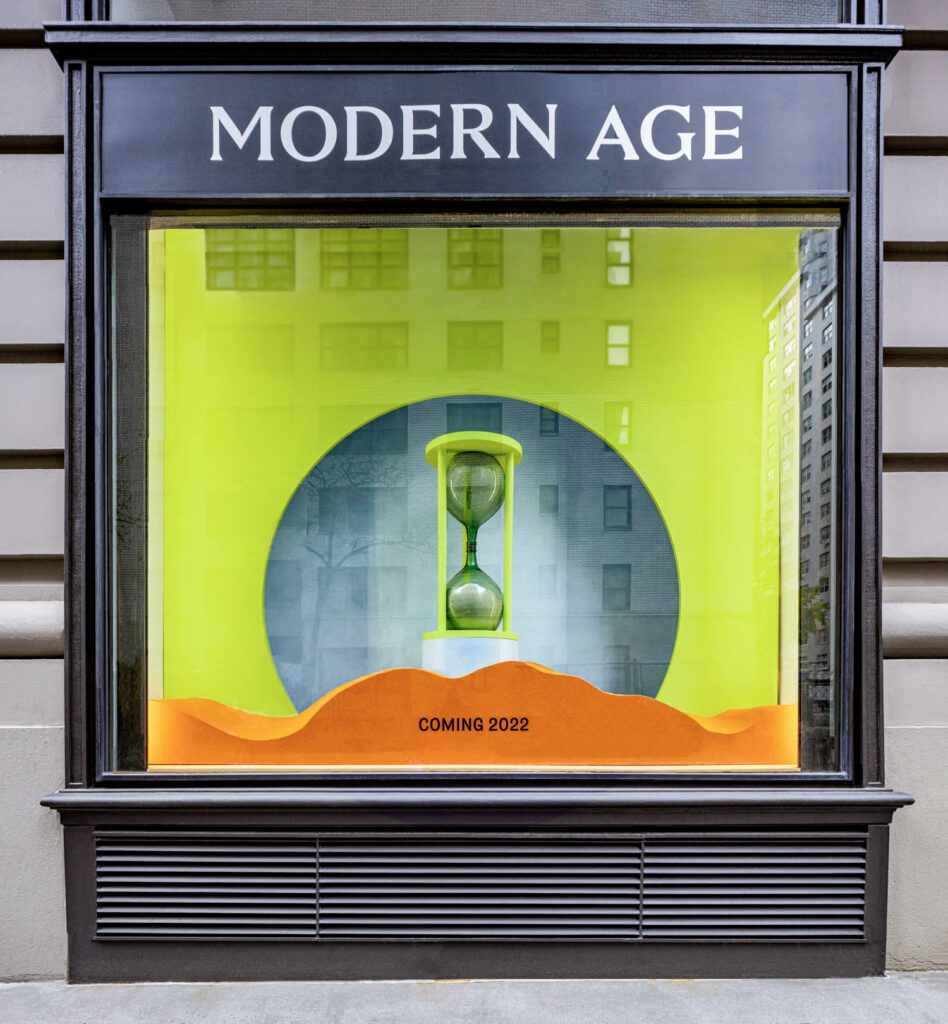

ID: Did you know the Glossier brand when you began designing their stores?
MR: I’d never even used their makeup before. But the prompt was: We want to make a new store in Miami, and come up with the craziest idea possible. I designed it like a theatrical set. I got to nerd out on the composition of all those Miami Art Deco elevations, mash different facades together, and present it at a scale where the customer can appreciate and engage with it. It connected to the brand when all the facades were dipped in pinks and peaches and had textures. It was a critical moment for me in understanding how you take an architectural idea and relate it to a customer. Every touchpoint is important, from the way they experience the product to the way they feel emotionally connected to a space. And a few years ago, [former Glossier exec] Melissa Eamer reached out to me to let me know she’s starting a new business, Modern Age, which is thinking about beauty and aging through the lens of science. She wants to build spaces that offer in-person treatments, but are different than anything else out there. I had to learn everything I possibly could about that customer journey. What does it feel like to go into a doctor’s office? What does it feel like to sit in the chair? What might make that experience more calming? And who are the competitors in offering these experiences, how do you carve out that brand experience to separate them? I learned all these interesting things about clinical operations, and the types of equipment to purchase. I’m now the head of studio design.
ID: Why did you start your own firm?
MR: I enjoy the action of building a team, and need the sounding board of other people’s ideas and thoughts. It gives me energy and helps me refine my process. I was in a very lucky situation at the end of 2020, in a moment where you would think nobody was thinking about building retail spaces, but with connections to a few clients who were thinking ahead. It all set itself up quite quickly. I wanted to figure out what my version of an architectural practice might be, write a new playbook for what it means to be an architectural designer. I’m interested in quickly testing things and quickly building things, and that means really fast timelines, which can make the project hard. But the moment they’re built, you get to be in the space and see the successes or failures of those details. So the learning happens faster.
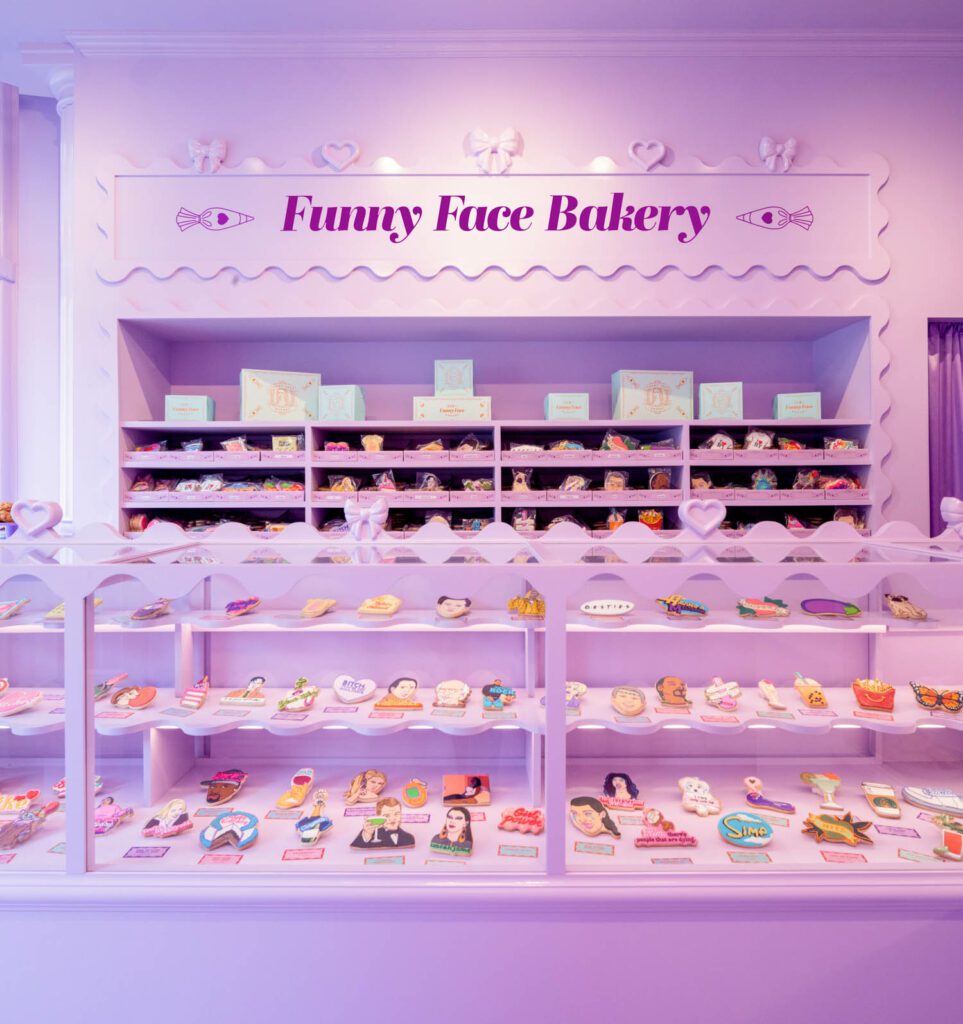

ID: Studs already had a few stores open when you began collaborating with them, right?
MR: They had gotten their feet wet. They approached me and said: We’ve learned operational stuff that works and doesn’t work. But they wanted to develop a kit of parts that would allow their retail strategy to really take off. The first few months were about really speaking with their team and understanding their product and how it needed to be stored. And then talking with them about the things they wanted to improve on in their customer experience. Some of that was visual merchandizing. Their products are very small and shiny. So there were a lot of discussions around how light and color were interacting and how the jewelry may get lost within certain lighting techniques. And also this was such an interesting discussion: the price tags were bigger than the jewelry. How do you negotiate the hierarchy of the extremely tiny jewelry and a price tag which needed to be legible next to it? Those are some examples of the types of things that we’re exploring. The Studs environment is playful, loud, vibrant, and bold. But how could we find materials that push each location. For Miami, we chose a peachy color. How far can we push a palette so that it looks like the brand but is totally exciting and new for each store?
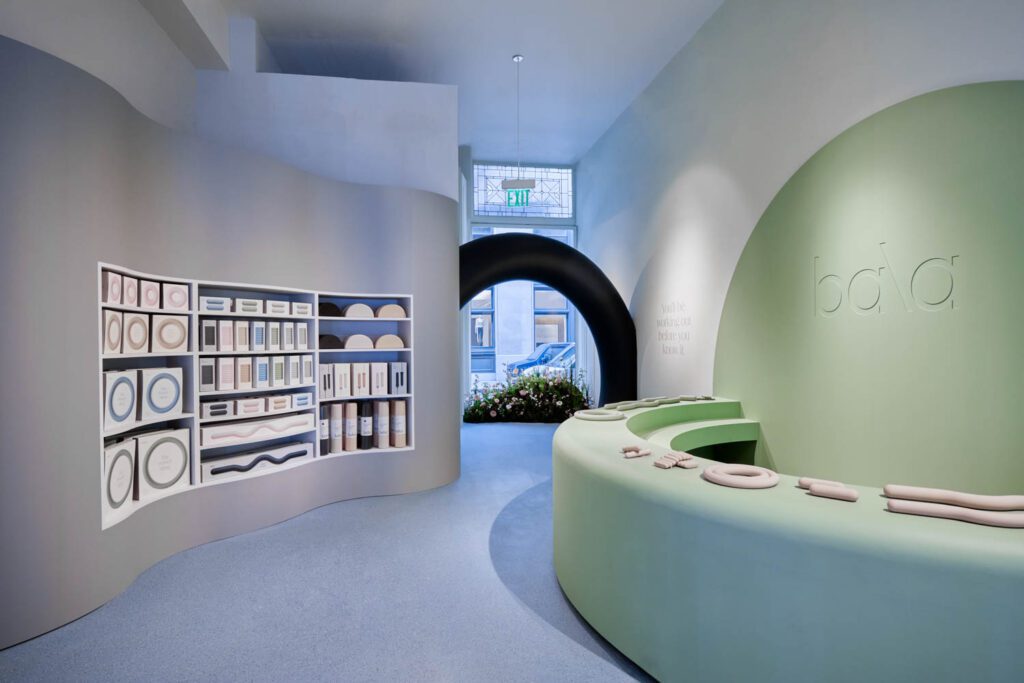

ID: How does that differ from your work for Bala and Funny Face Bakery?
MR: I was obsessed with Bala’s products and their forum. I was using them in mood boards for other products. And I just really wanted to design for them, so I just reached out to one of their CEOs on LinkedIn and started a conversation. And it was the perfect time, as they were beginning to think about retail experiences and physical locations. They want it to be a fun place, and their aesthetic perfectly aligned with the way my team and I design spaces. Funny Face came to me, after seeing my work for Glossier. They wanted to grow their retail footprint and hone in on the brand identity through physical space, with bold colors and architectural hints that are sort of memories of classic architecture but feel plastic and playful. It’s a similar problem for each of these clients: you have to understand what celebrates the objects, and tell the story of how they are made.
ID: What’s next for you?
MR: I’m really excited to learn how to run a company. I really want to push this idea of architectural practice into different mediums like set design, or designing a theater. I’m very interested in designing for the bourbon industry and creating interesting customer experiences for brands. It would be like going back in the future, finding a way to go back to some of those roots and designing a space for those environments I was very familiar with as a child.



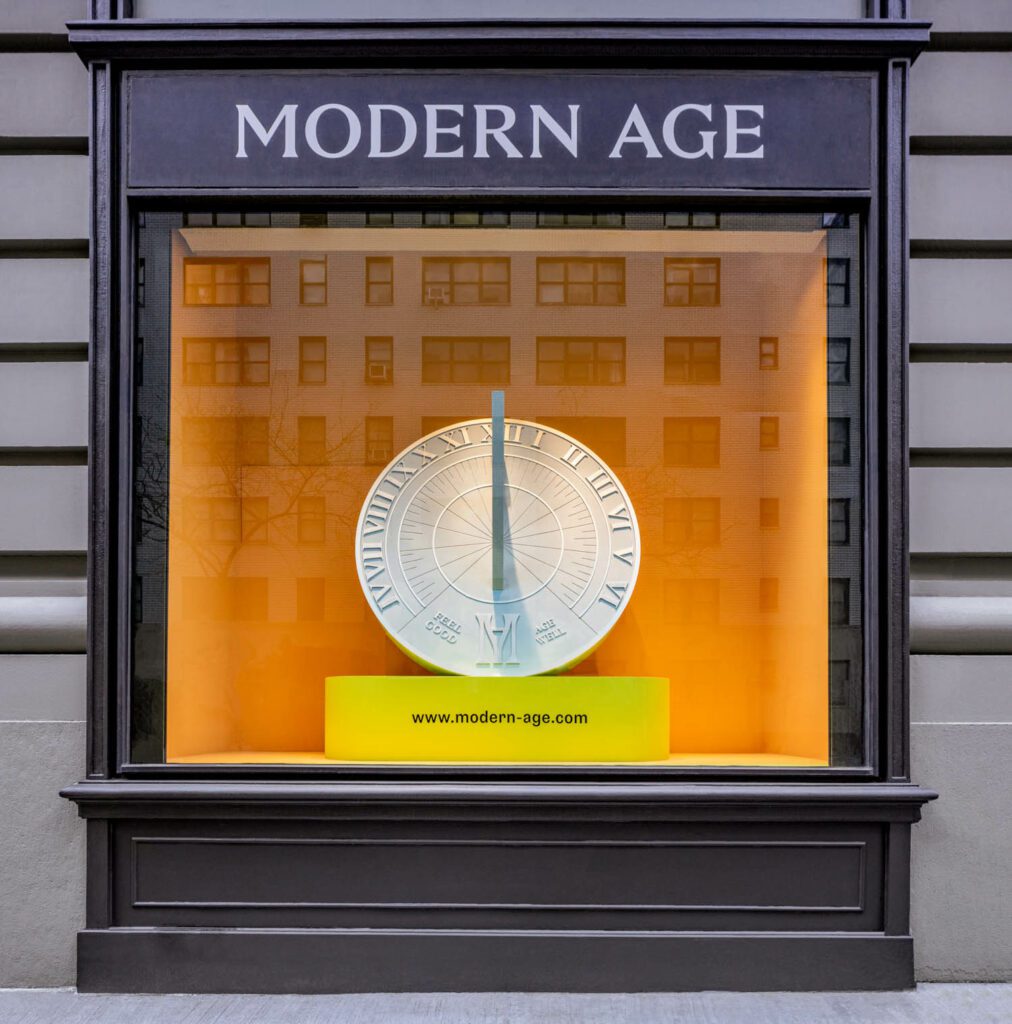

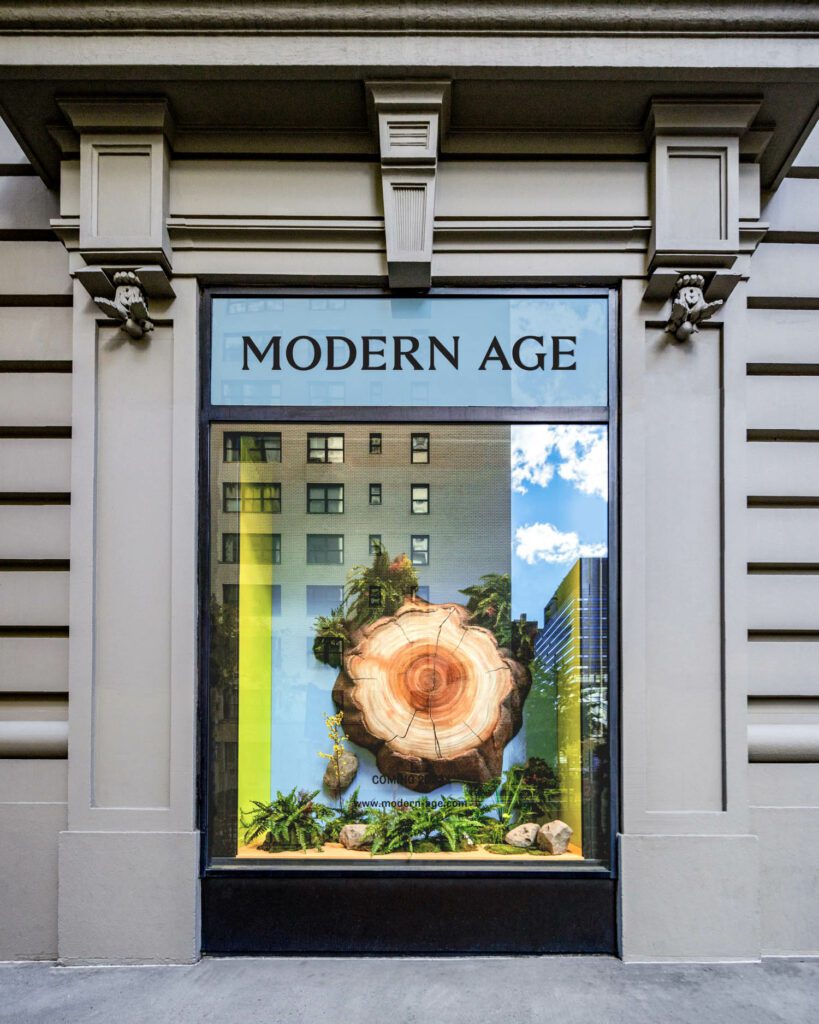

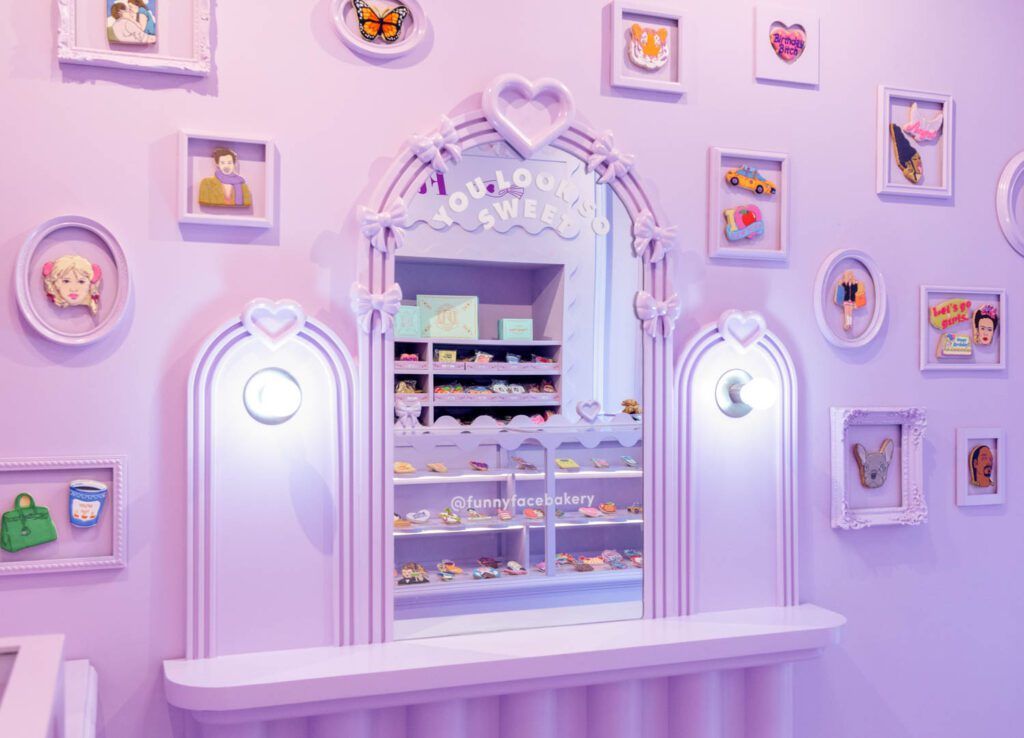

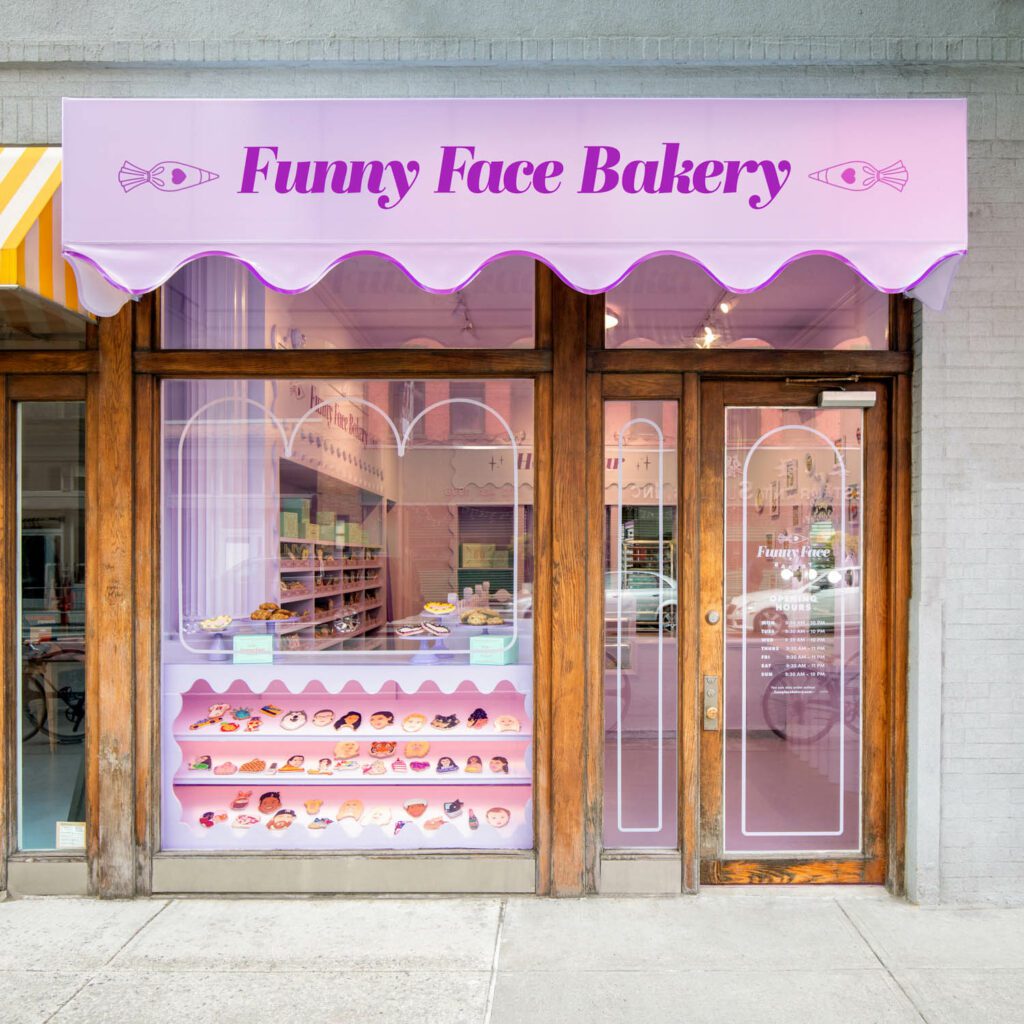

read more
Projects
Sordo Madaleno Arquitectos Melds Nature and Architecture for a Residential Development Outside of Mexico City
2021 Best of Year winner for Beauty/Spa. If ever there was a harmonious melding of nature and architecture, it is this 914-acre residential development, located approximately 100 miles southwest of Mexico City. Lake Avá…
Projects
14 Restful Health & Wellness Projects
From spas to lounges to fitness studios, these health and wellness spaces call for pause.
DesignWire
Coevál Studio’s Design for Pressed Roots Salon in Dallas Is Luxurious and Inclusive
Recently, Piersten Gaines opened her first brick-and-mortar flagship in Dallas, working with local firm Coevál Studio to craft a visual identity that reflects the Pressed Roots ethos of inclusivity and empowerment—and…
recent stories
DesignWire
Don’t Miss a Chance to Enter Interior Design’s Hall of Fame Red Carpet Contest
Interior Design and Swedish-based Bolon are teaming up to host a red carpet design competition for the Hall of Fame gala in New York.
DesignWire
Ukrainian Designers Speak Out on the Current State of Affairs
Following the Russian invasion, these Ukrainian designers tell Interior Design about the current reality of their work and home lives.
DesignWire
10 Questions With… Dustin Yellin
Artist Dustin Yellin chats with Interior Design about finding the right light and the performative aspect of his sculptures.



